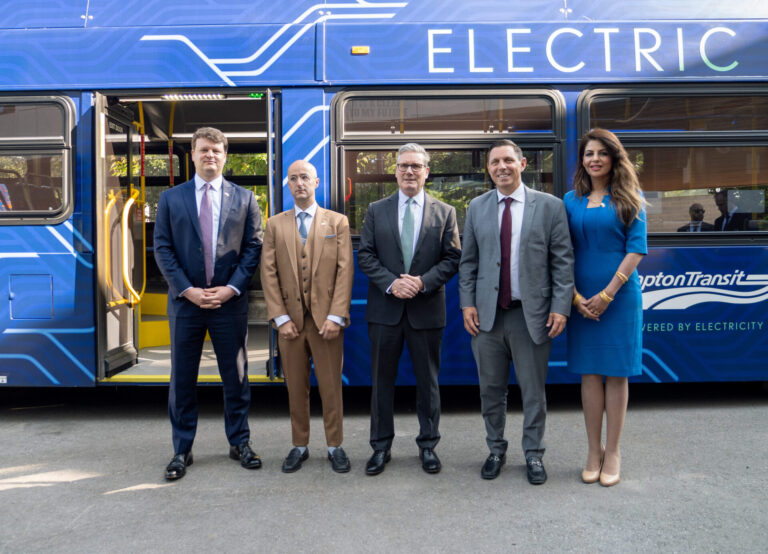The Canadian Urban Transit Research & Innovation Consortium (CUTRIC) announced the publication of the first-ever comprehensive review and assessment of Canadian electrical utilities’ transportation electrification strategies.
Entitled “Electrical Utility Strategies for Transportation Electrification: Canadian Market Scan & North American Case Studies,” the groundbreaking report reveals a distinct shortage of utility-led transportation electrification strategies in Canada. Those utilities that do have strategies in place, the report finds, tend to focus on light-duty electric vehicles (EVs) as personal passenger cars.
“With utilities needing to play a vital role in the electrification of transit systems, including both battery and hydrogen electric transit systems, Canadian transit agencies recognize the need to develop robust utility relationships,” says CUTRIC President & CEO Josipa Petrunic. “However, this report shows that most major utilities in Canada are poorly prepared for transit electrification and have no or minimal transit electrification strategies.”
The report provides a full market scan of strategies launched by Canadian electrical utilities, as well as a review of electrification case studies and best practices across North America, including legislation and regulation that promotes utility involvement.
Based on documents available on Canadian utilities’ websites, the market scan identifies strategies related to electrified transportation with an emphasis on electric buses. In the few cases where electrified transportation is mentioned, it most often relates to light-duty EV charging stations and networks, or the purchase of EV fleets for utilities themselves.
Unique exceptions to the rule include Hydro Québec, whose forward-thinking strategy aligns with the electrification goals of the Province of Quebec, as well as Toronto Hydro’s support for the Toronto Transit Commission’s (TTC) Green Bus Program, and BC Hydro’s support of TransLink’s electric bus program and specialized rate structures in support of transit electrification. Few other examples of explicit transit electrification strategizing or planning exist in the utility sector, however.
The case studies explored by the report provide examples of best practices in legislation and regulation that can overcome transit electrification barriers. California Senate Bill 350, for example, redefines the state’s Public Utilities Code to allow utility investment in transportation electrification as an activity in the interest of the ratepayer. The fact that electricity ratepayers are deemed to benefit from investments in transportation electrification means that utilities can share the cost of EV and electric transit investments with all electricity customers, regardless of whether the ratepayer/customers own or operate EVs themselves.
“Canadian utilities and provincial ministries of energy can look to California for examples of leadership on experimental utility-led programming and regulation,” Petrunic says. “Here in Canada, provincial regulators and decision-makers must recognise the value of electrification to all ratepayers as we combat climate change by investing in zero-emission transit and transportation technology.”
Featured image: Brampton Transit recently received an Environmental Sustainability Award from the Canadian Urban Transit Association (CUTA) for its milestone electric bus trial. (City of Brampton)











